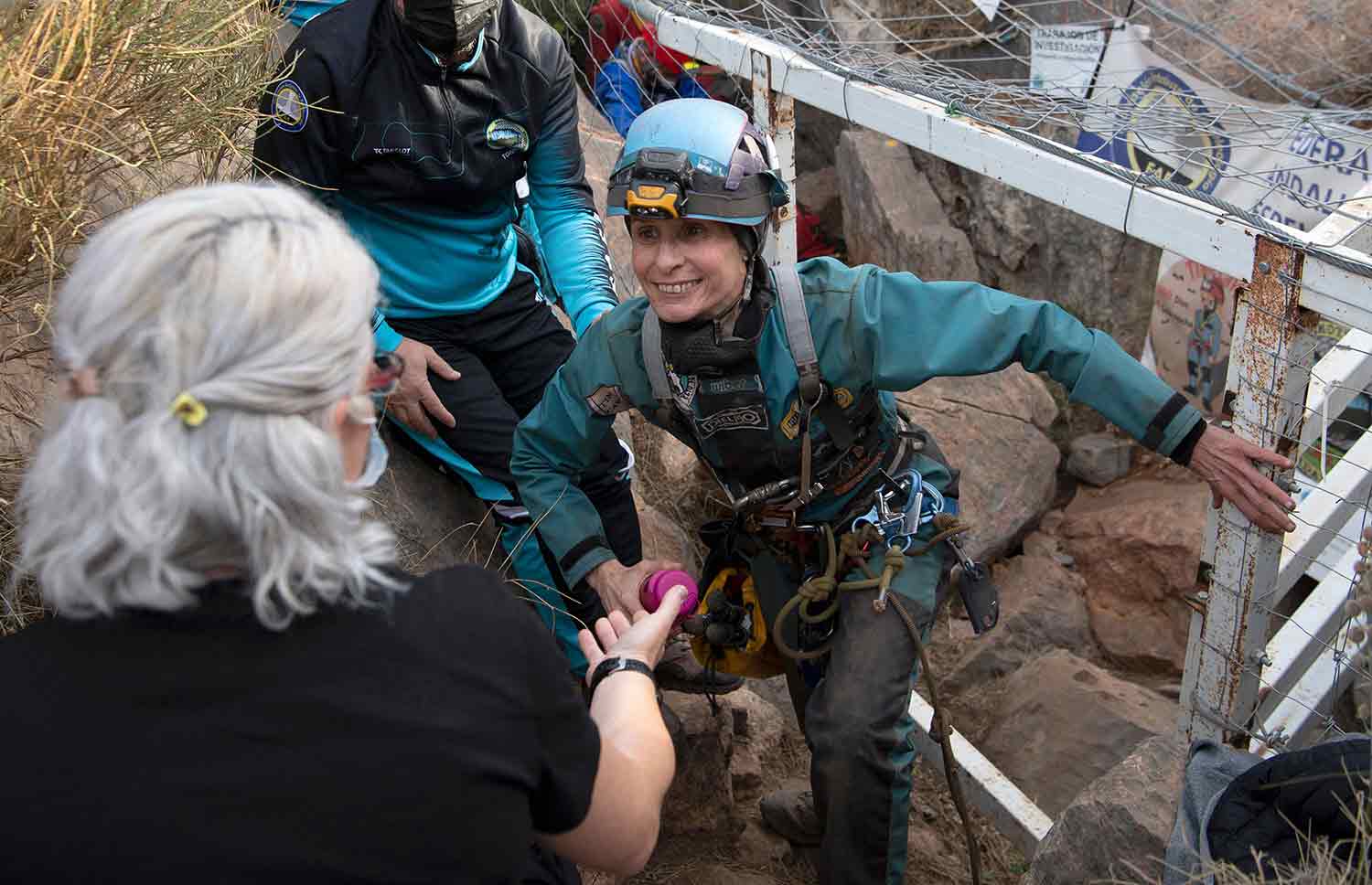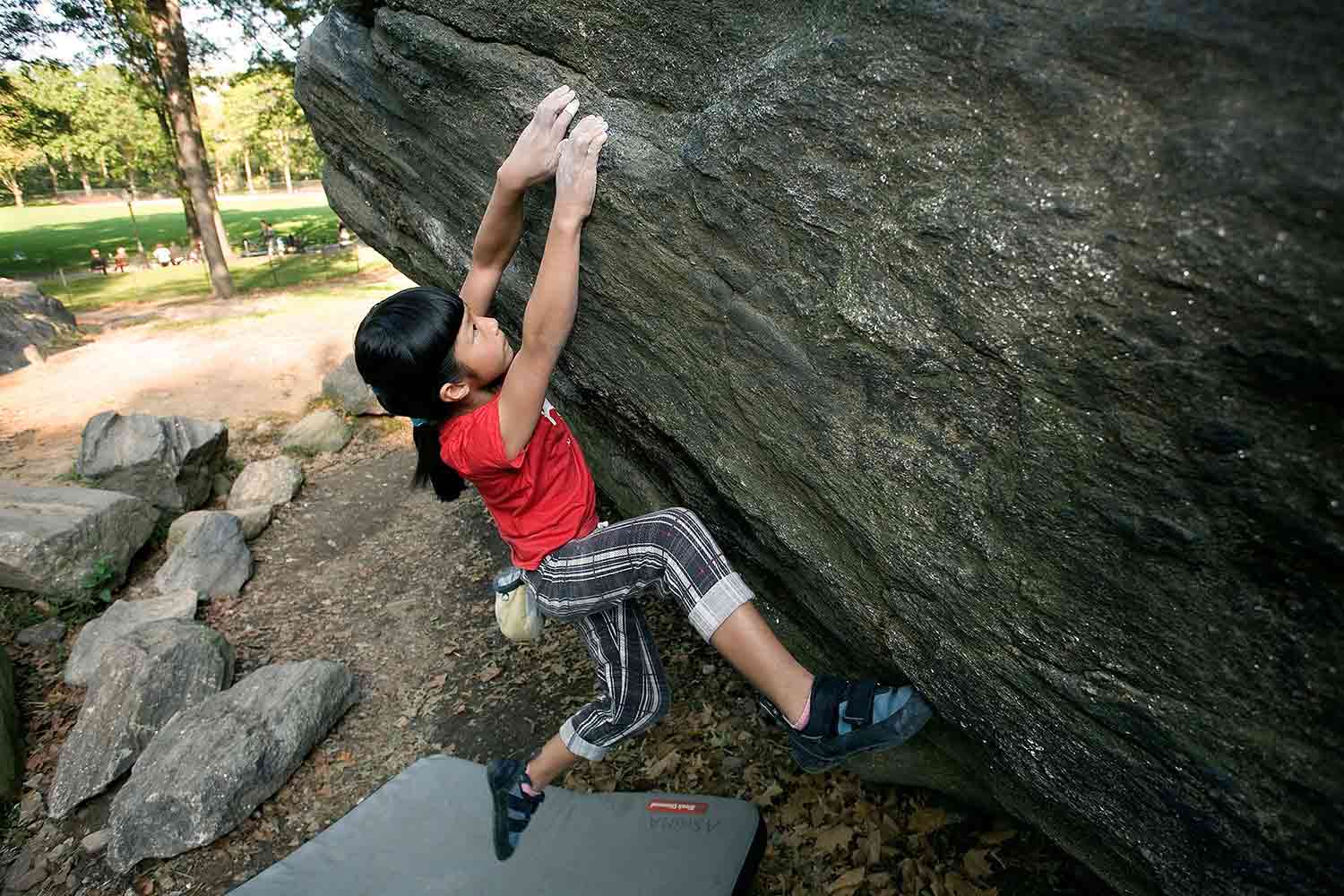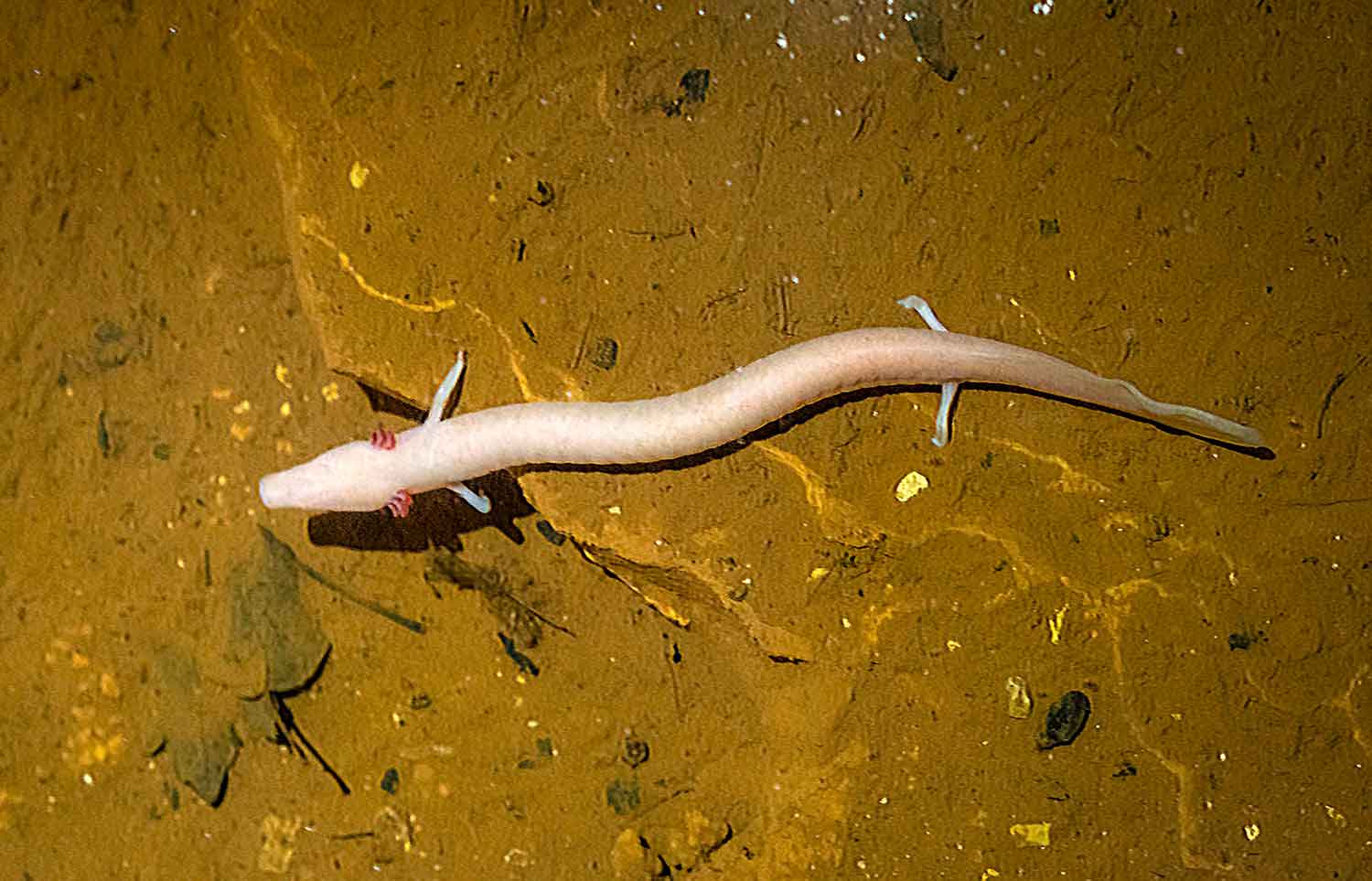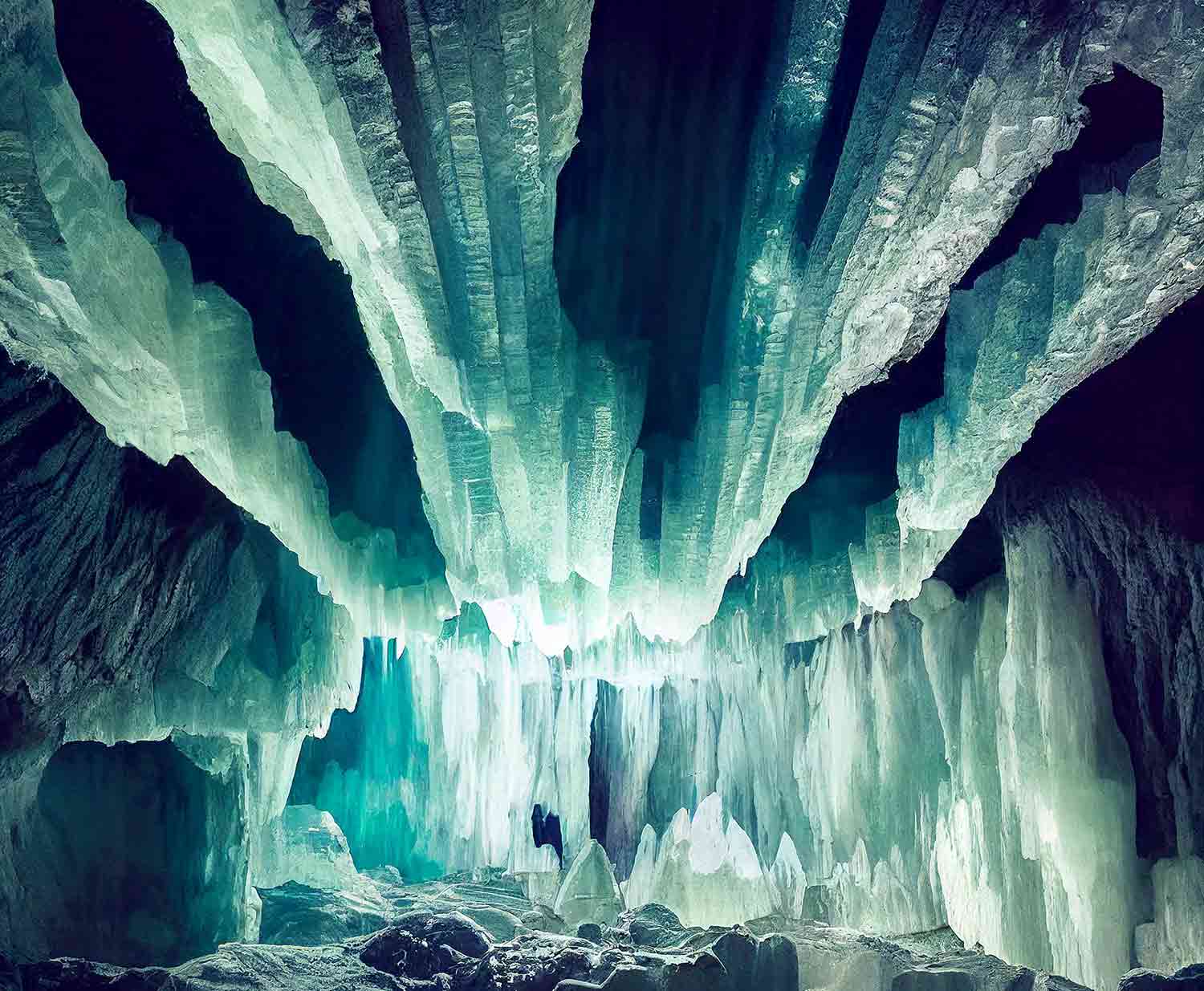Five Hundred Days Alone
A mountain climber spent 500 days alone in a cave to learn the effects of isolation on the human brain.

Jorge Guerrero—AFP/Getty Images
In this April 14, 2023, photo, Beatriz Flamini leaves the cave where she spent 500 days in isolation.
A mountain climber from Spain spent 500 days alone in a cave to help researchers study the effects of isolation on the human brain. Beatriz Flamini entered the cave in November 2021 and did not see another human being until she emerged in April 2023.
The cave was located 230 feet (70 meters) underground near Granada, Spain. Flamini spent the time weaving, drawing, cooking meals, and exercising. She also read 60 books. Throughout her time in the cave, Flamini made and transmitted videos, which a support crew watched in order to monitor her mental and physical health. The crew was also responsible for leaving food at a drop-off point. Flamini left the cave only once—around day 300—when there was a technical problem. She spent about eight days alone in a tent until she could return to the cave.
Flamini had no idea what was happening in the outside world. She asked the crew not to tell her about any news events or even anything having to do with her family. After about two months, she stopped keeping track of time. She later said she didn’t mind the isolation at all, possibly because she’s an extreme athlete who regularly undertakes sports challenges.
“You have to be focused,” she told The Guardian. “If I get distracted, I’ll twist my ankle. I’ll get hurt. It’ll be over and they’ll have to get me out. And I don’t want that.”
On the 500th day, crew members entered the cave to get her, as planned. Flamini said the time had passed so quickly that she couldn’t believe it was time to leave. Researchers in Spain are now studying how both the lack of human contact and the constant darkness affected Flamini. For now, though, Flamini says she remained content throughout the experiment.
“I was sleeping—or at least dozing—when they came down to get me,” Flamini told The Guardian. “I thought something had happened. I said, ‘Already? No way.’ I hadn’t finished my book.”



